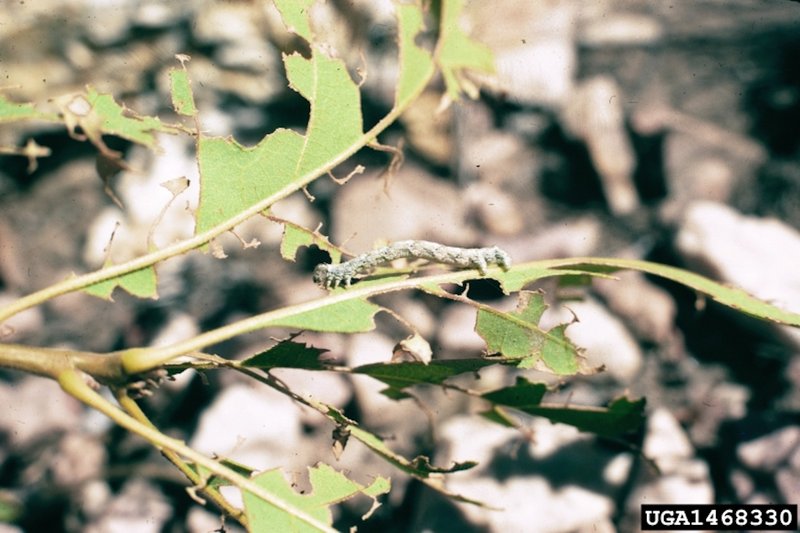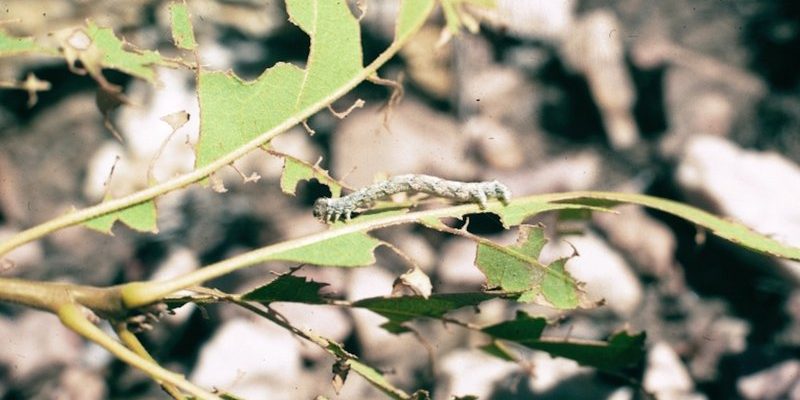
Monitoring inchworms might sound like a niche hobby, but it’s a vital practice for anyone who cares about trees. From amateur gardeners to professional arborists, understanding how these creatures relate to tree health can help us manage and protect our green spaces more effectively. So, let’s delve deeper into what inchworms are, why they matter, and how we can monitor them as indicators of tree health.
What Are Inchworms?
Inchworms are not actually worms; they’re the larvae of moths, and they have a unique way of moving that resembles measuring. They “inch” along by creating a series of loops with their bodies, which can be pretty fascinating to watch. There are many species of inchworms, and they can be found in various habitats, but they have one thing in common: they primarily feed on tree leaves.
You might be wondering how these little guys can be such big indicators of tree health. Well, they are sensitive to their environment and are affected by factors like pollution, climate change, and the health of their host trees. When conditions are right, their populations can flourish, indicating a healthy ecosystem.
When we monitor inchworms, we’re not just looking for their numbers; we’re also assessing their behavior. Are they feeding on the leaves? Are there any significant changes in their population? These observations can provide insight into the broader health of our trees.
Why Are Inchworms Important?
Inchworms serve as crucial components of the food web. They are a food source for many birds and other wildlife, making them essential for maintaining ecological balance. Their presence often indicates a healthy population of insect-eating birds, which confirms the richness of an ecosystem.
Moreover, monitoring inchworms can help identify larger environmental stressors. For instance, a sudden decline in inchworm numbers might point to changes in tree health due to factors like disease or toxicity in soil. On the other hand, an explosion in their population could signal that tree health is declining because of poor growing conditions or infestation from other pests.
In short, inchworms are great bioindicators. Keeping our eyes peeled for changes in their populations can help us assess tree vitality and the overall health of the ecosystem.
How to Monitor Inchworms
Monitoring inchworms isn’t as complicated as it may sound. Here’s a simple process you can follow to keep track of these tiny indicators:
- Identify Tree Species: Start by identifying the types of trees you want to monitor. Different species will support different inchworm populations.
- Observe Leaf Damage: Look for signs of leaf damage. Inchworms love to munch on leaves, and significant defoliation can indicate high populations.
- Count Inchworms: Spend some time inspecting the undersides of leaves. You may find them hanging out there, blending in with their surroundings. Count them as you go.
- Create a Log: Keep a log of your findings. Note the dates, the number of inchworms spotted, and any changes in tree health or leaf condition.
By using this straightforward approach, you’ll build a better understanding of how inchworms interact with tree health.
Signs of Healthy Inchworm Populations
You might be thinking, “What does a healthy inchworm population look like?” Here are a few signs that indicate you’re on the right track:
- Diversity: A variety of inchworm species is often a good sign. Different species have different food preferences and contribute to a balanced ecosystem.
- Feeding Activity: If you notice that inchworms are actively feeding on the leaves, it’s a strong indicator that they are thriving.
- Presence of Predators: The presence of birds and other natural predators suggests a healthy environment where inchworms can exist.
On the flip side, if you observe many inchworms but little feeding activity, it could indicate stress or other underlying issues affecting tree health.
When to Be Concerned
While inchworms can be great indicators of tree health, there are times when their populations may raise red flags. Here are a couple of scenarios:
- Population Explosion: An unexpected surge of inchworm numbers can lead to significant leaf loss, which stresses the trees.
- Mysterious Decline: A sudden drop in population can signify environmental issues such as pesticide use or habitat destruction.
If you notice either of these situations, it’s essential to investigate further. Check for signs of disease in your trees or consider environmental factors such as pollution, which might be impacting the overall ecosystem.
Managing Tree Health with Inchworm Monitoring
So, how do you use what you learn from monitoring inchworms to manage tree health? Here are some actionable steps:
- Regular Inspections: Make tree inspections a routine practice, focusing on leaf conditions and inchworm populations.
- Healthy Practices: Adopt eco-friendly management practices. Instead of pesticides, consider introducing natural predators to keep inchworm populations in check.
- Educate Others: Share your findings with neighbors and local gardening communities. The more people understand the role of inchworms, the better we can manage local ecosystems.
By taking these steps, you can help ensure that your trees remain healthy and vibrant.
In summary, inchworms are more than just curious little caterpillars. They’re valuable bioindicators that can provide crucial insight into the health of our trees and ecosystems. Regular monitoring of these fascinating creatures can help ensure that our trees thrive while also protecting the biodiversity around us.
Think of inchworms as a window into the health of our environment. By paying attention to them, we can make informed decisions about how to care for our trees and the world they live in. So grab a notebook and start monitoring these little indicators—it’s a small step that could make a big difference!

